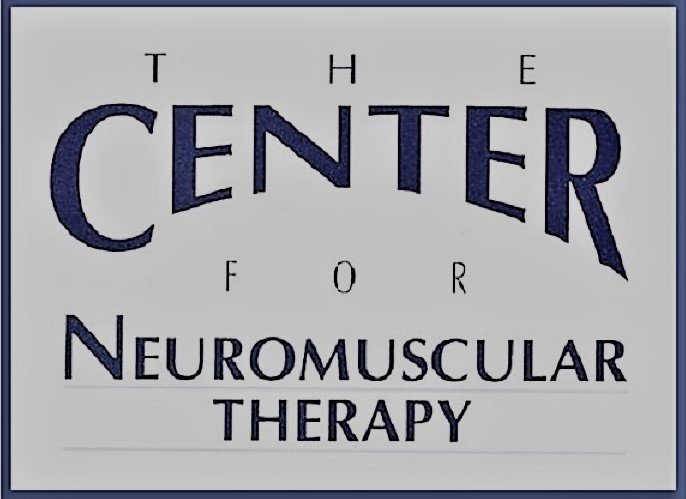FOREARM/ELBOW PAIN
Many people suffer from upper forearm pain from activities such as bowling, playing an instrument, racquet sports and typing. It is usually a tight flexor or extensor muscle. A fairly easy fix compared to some other joint dysfunctions.
Try placing a rolling pin on a towel on the counter, then roll your tricep over the rolling pin. Start at the elbow (not on the elbow) and gently roll your arm forward up to the armpit. Roll it back and do it again, and again. Gently increasing the pressure to a slightly uncomfortable level. Keep your entire arm out straight with palm up while massaging your tricep.

Tennis elbow is often diagnosed by a physician from pain and tenderness in the elbow region due to a shortening of the supinator muscle Dr. Janet Travell states in her infamous book "Myofacial Pain and Dysfunction" that about 60% of 'tennis elbow' diagnosis' are incorrect and that anconeus muscle is really the one responsible. She also states that the tricep muscle is usually involved as well if not more so. We agree. Most elbow pain starts with an over used, shortened tricep muscle, that leads to a tight shortened anconeus muscle.

